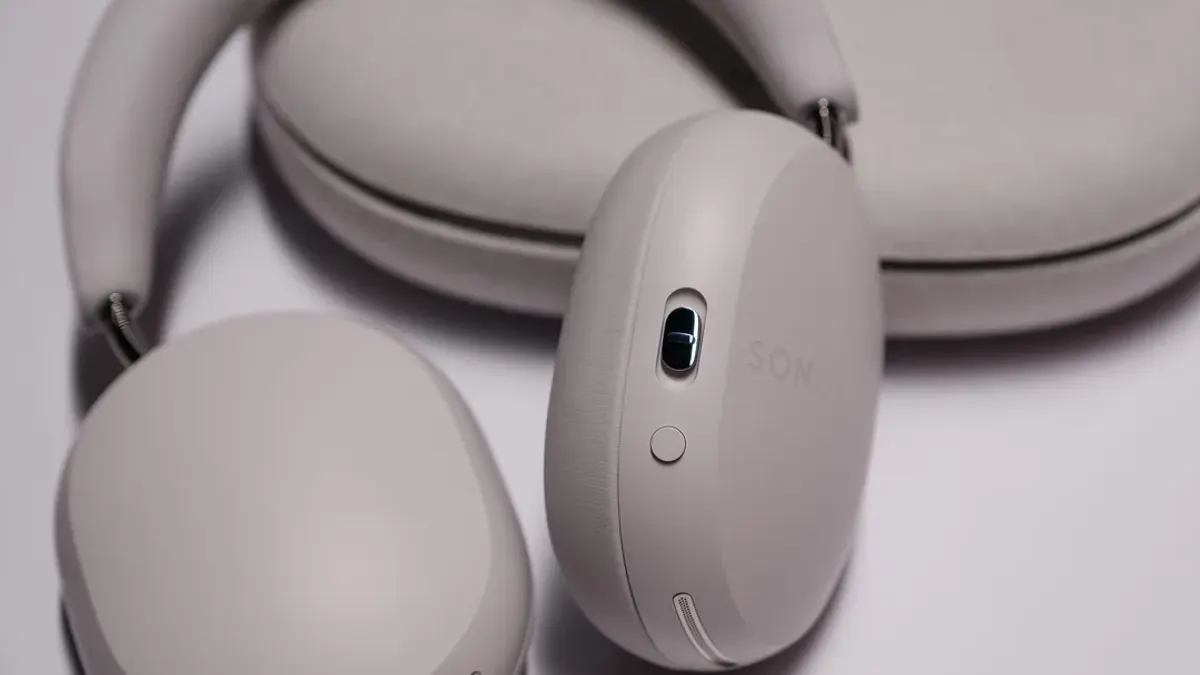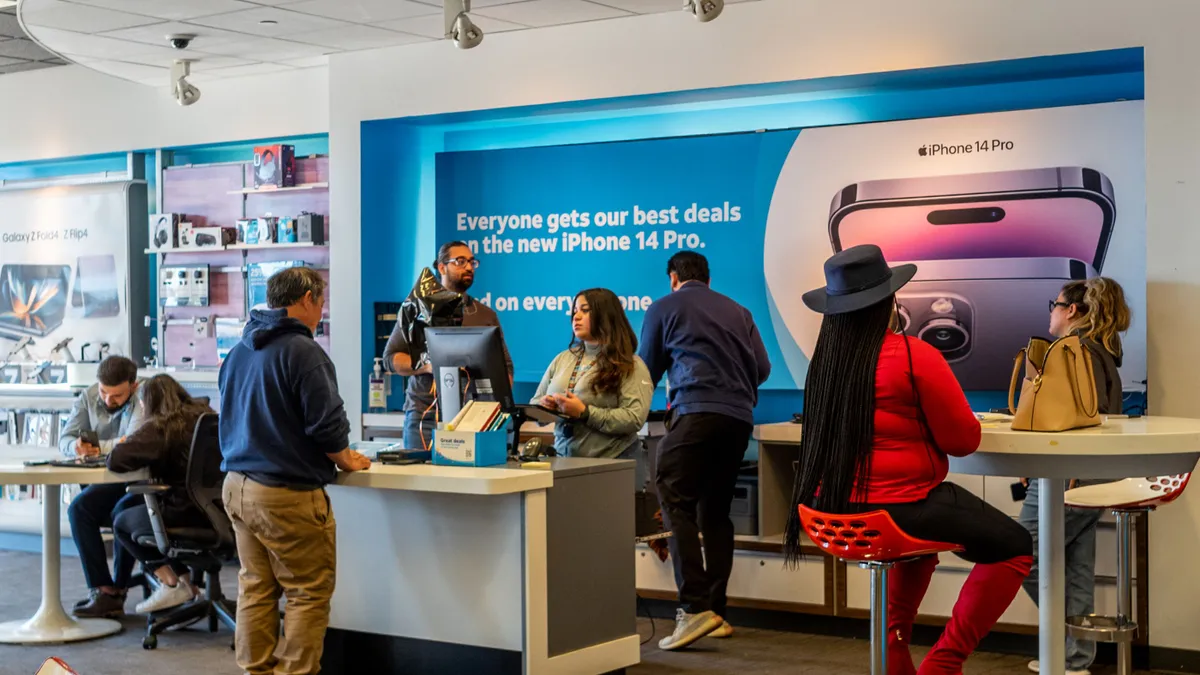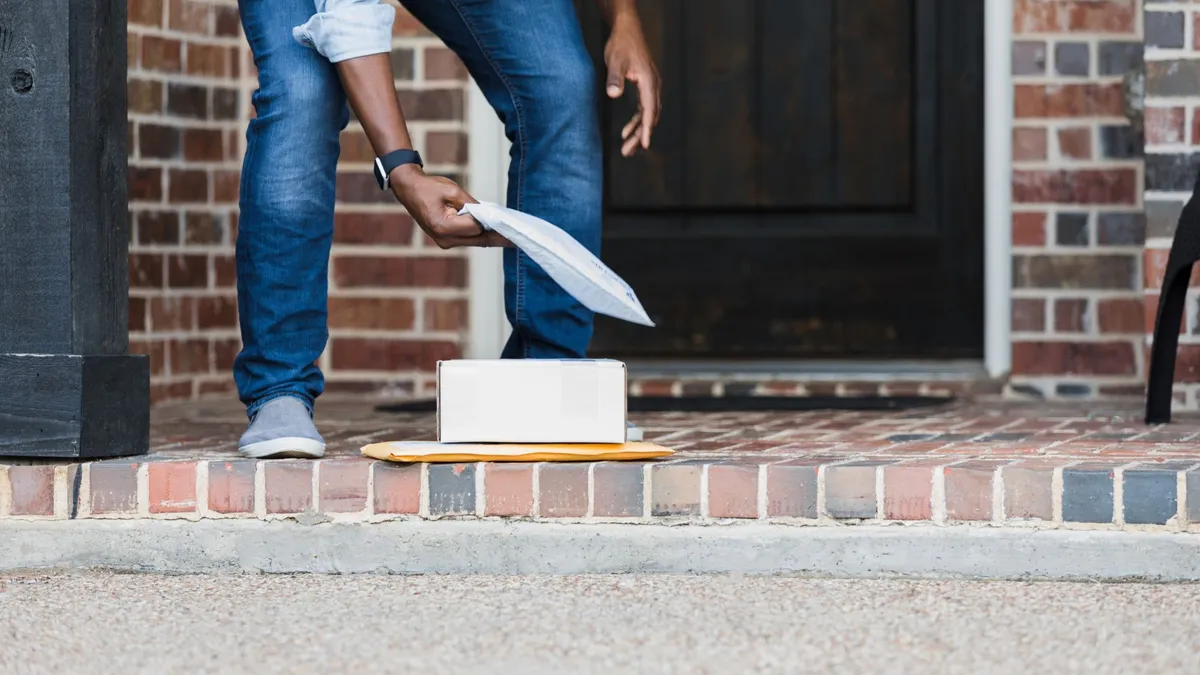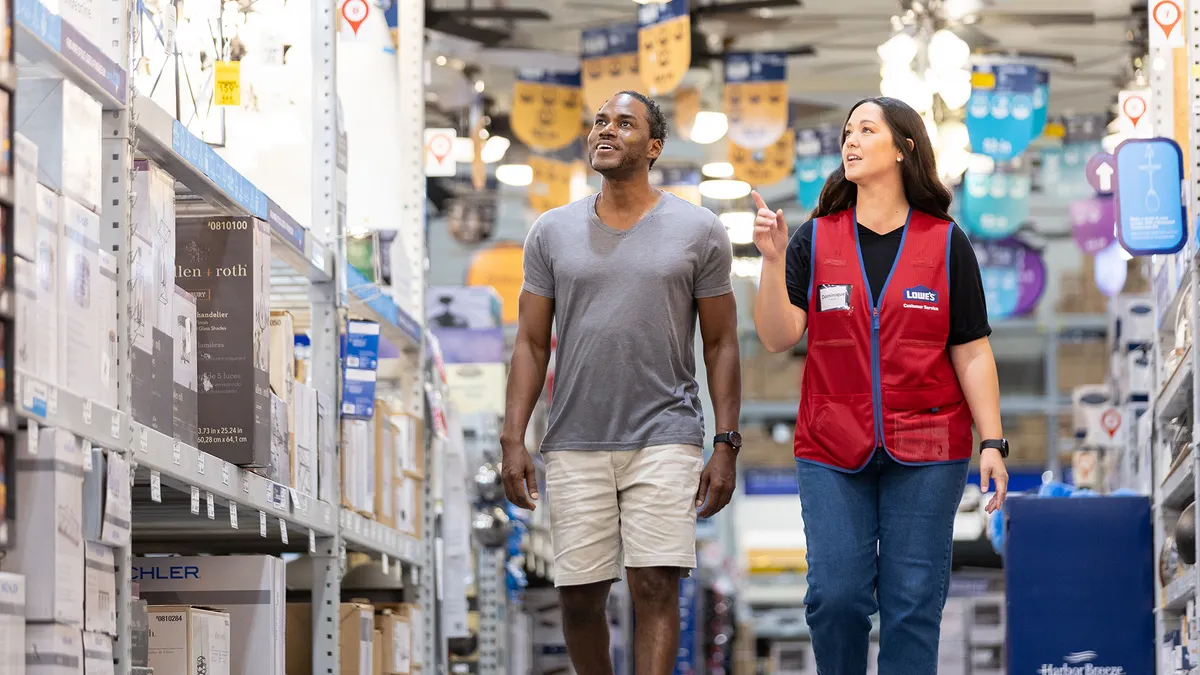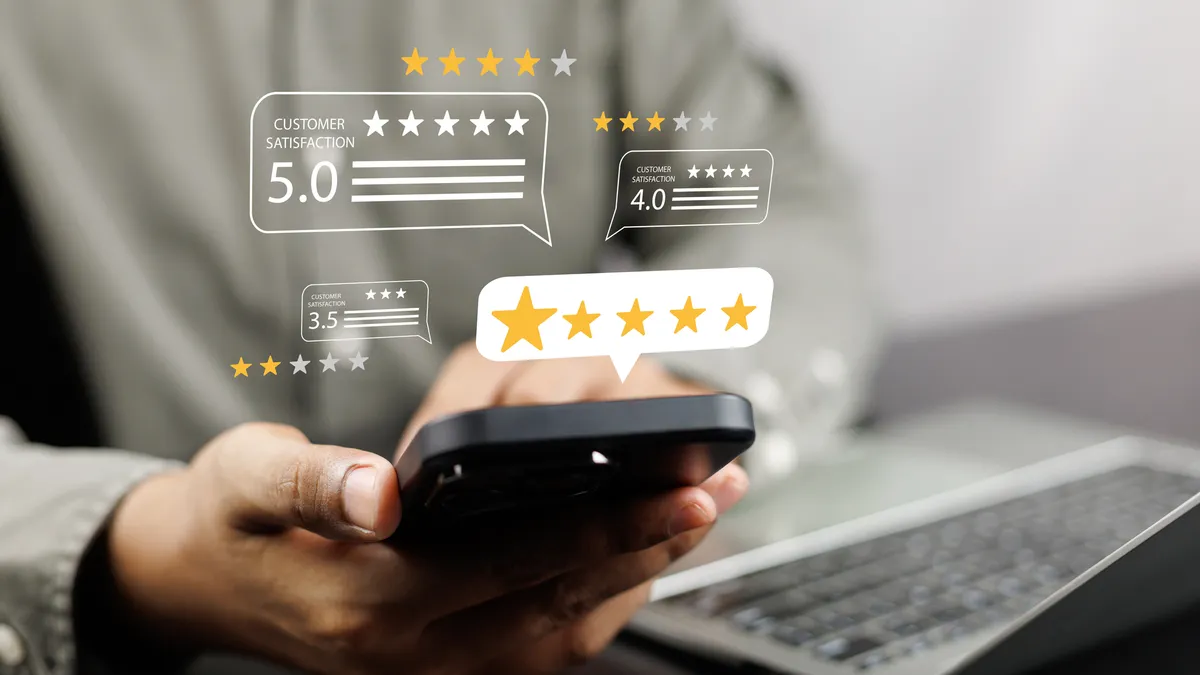Traditional customer surveys might be steering businesses in the wrong direction, with mounting evidence that customers’ responses often don’t predict what they'll actually buy.
The disconnect goes beyond declining response rates. Even when customers complete surveys, research shows that their answers often fail to predict their purchases, creating blind spots for companies that rely heavily on traditional surveys alone.
"Customers are reliable narrators of their current frustrations, but they are unreliable narrators of their future actions," said Isabelle Zdatny, head of thought leadership at the Qualtrics XM Institute.
When customers fill out surveys, they think rationally and deliberately. But when they make purchases, they rely on quick, emotional and largely unconscious responses, according to experts.
Gerald Zaltman, professor emeritus at Harvard Business School, has said suggests that the lion’s share of cognition, including purchase decisions, occurs without conscious thought, creating a gap between what customers say and what they actually do.
"Companies shouldn't view customer preferences as stable internal truths waiting to be discovered," Zdatny said. "A lot of them are shaped and constructed in the moment, based on the context."
And their “choices are only as good as the information” they use to determine their preferences, said Subimal Chatterjee, a teaching professor at SUNY Binghamton’s School of Management.
"Consumers construct their preferences from the information that they gather or what retailers provide to them on the shopping aisles," Chatterjee said.
Research shows consumers are "imperfect machines" who can’t process all the information available to them, Chatterjee said. Instead, people rely on mental shortcuts like what they hear from friends, how they feel when they’re making a purchase, what others will think of them and whether the experience is worth sharing.
Companies share blame for feedback failures
Human psychology isn’t the only issue. How businesses collect and use customer feedback is also a problem, experts say.
"It's less about whether customers know what they want and more about whether brands know how to listen," said Leah Leachman, senior director analyst at Gartner. "Most don't."
Nearly 6 in 10 consumers across the U.K., U.S. and Canada believe companies don't understand their preferences and needs, according to Gartner. While 61% of companies rely primarily on surveys for customer feedback, less than half tap into indirect other feedback sources that could provide deeper insights.
Companies often miss critical information because they “over-index” on surveys and overlook customer service interactions, social listening, customer advisory boards and other channels, Leachman said.
A trust gap leads to worse feedback
Response rates have dropped 7 to 8 percentage points since 2021, Zdatny said, citing data from the XM Institute. But the trust gap between customers and businesses may be even more damaging than participation rates.
Only 16% of customers strongly believe their feedback drives actual change, according to Gartner. And their skepticism creates a vicious cycle where customers don't respond because they think companies won't take their feedback seriously, and companies get less information to make informed decisions.
To make things worse, customers are far more likely to fill out customer surveys when they’re angry or thrilled, Chatterjee said, which means customer surveys miss about 80% of the consumers in the middle.
Despite these limitations, completely abandoning surveys would be a mistake because they’re still valuable for capturing subjective attitudes and training AI models.
Surveys are “no longer the only tool for understanding experiences, but one of many in a more robust portfolio,” Zdatny said.
Going beyond surveys
Companies need to fundamentally rethink how they collect and analyze customer feedback, experts said.
Instead of relying solely on surveys, businesses should leverage multiple data sources and channels, Leachman said. Companies should identify patterns in customer reviews, use social listening to uncover customer frustrations, track FAQs and ask employees what they're hearing directly from customers.
This comprehensive approach acknowledges that "customers are giving you the answers on how to get them to love you or what you can do to push them away," Leachman said. "They just aren't giving you the answer in one way."
Observing customer behavior in the real world can also be helpful, Chatterjee said. In physical stores, for instance, you can see where customers stop, what they look at, what they read and how much time they spend. And for online shopping, companies can track eye movements, lingering behavior and click patterns.
However, when direct feedback is necessary, personal approaches are more effective than surveys, Chatterjee said.
"Don't send them page after page of paper to fill out,” Chatterjee said.
Instead, organize small focus groups with incentives and encourage participants to share negative experiences.
Rebuilding trust through action and transparency
Some companies are finding creative ways to rebuild customer trust in their feedback systems, Leachman said. Bandit Running, for instance, publishes an annual "Ask Me Anything" report, which answers common customer questions with team members' names attached to their responses.
Companies can also create better survey invitations by highlighting past survey insights and how the company responded, Leachman said. Such transparency shows the customer that a business values their feedback and uses it to drive meaningful change.
Other tactical improvements can make surveys more effective. Zdatny recommends keeping relationship surveys under 10 minutes and interaction surveys under 5 minutes. Sending the surveys immediately can help ensure customers’ experiences are still fresh when they fill in their responses, which boosts the quality of their responses.
By personalizing questions to specific customer segments, one fitness app — an unnamed Qualtrics client — achieved a 40% response rate, far exceeding the industry average of 8%, Zdatny said.
Moving forward with better insights
The implications for customer experience leaders are clear: surveys are a valuable source of information, but they must be combined with data from other channels to deliver the insights necessary to deliver what customers want and need.
"Building customer relationships starts with customer understanding," Leachman said.
And most importantly, businesses must acknowledge that customer preferences aren't discovered. They're constructed in the moment, shaped by context and unconscious processes that traditional surveys alone can’t capture.
To maximize their chances of success, businesses need to balance what customers say with what they actually do, using every available channel to understand the full customer experience.








